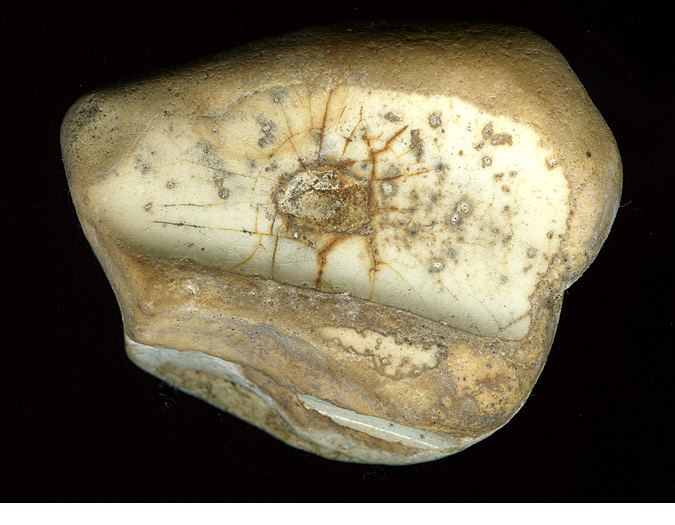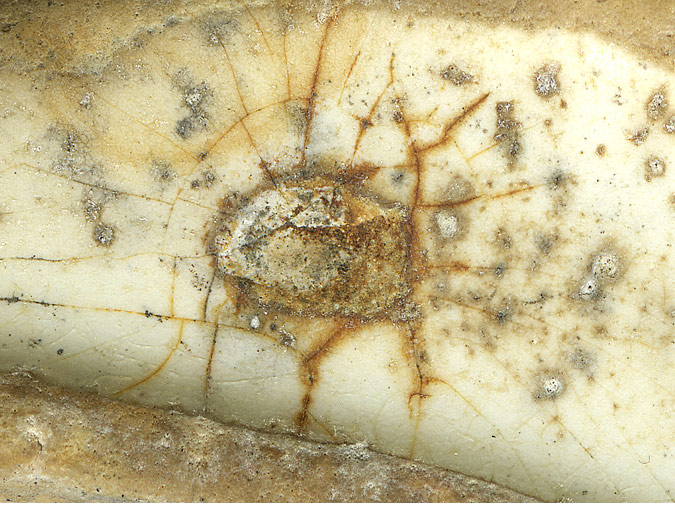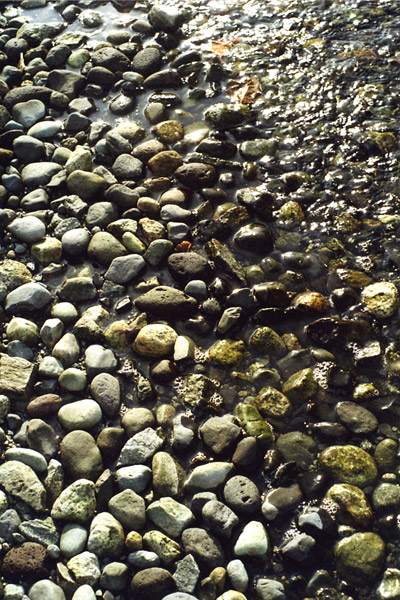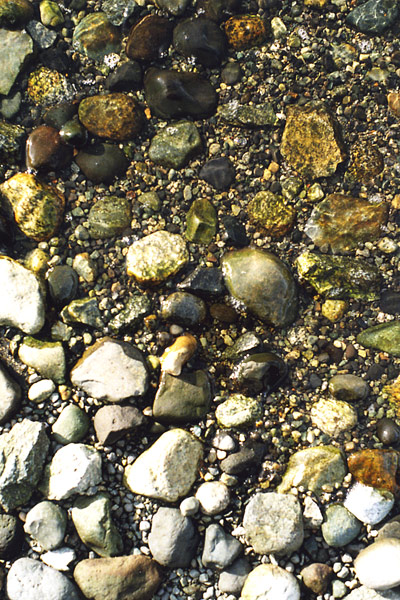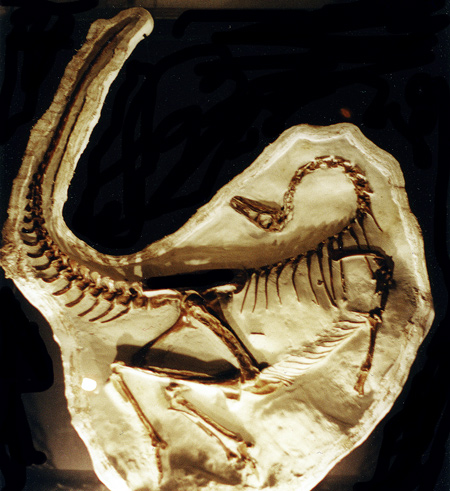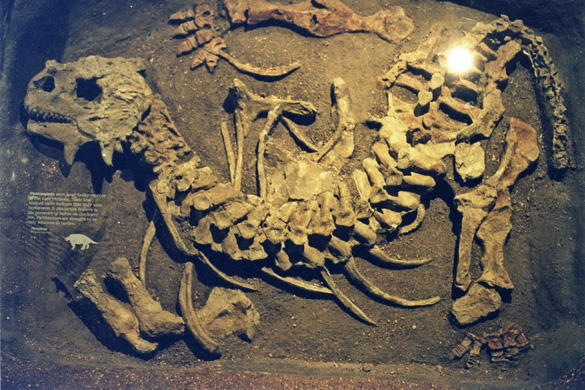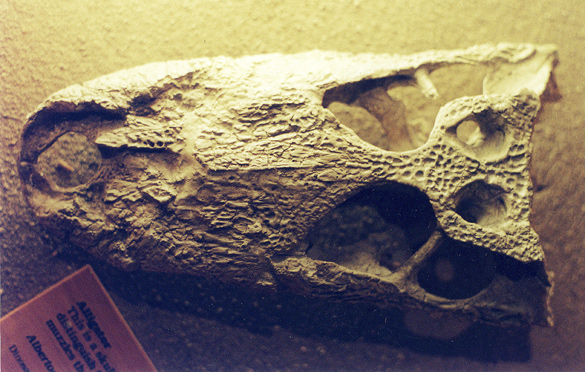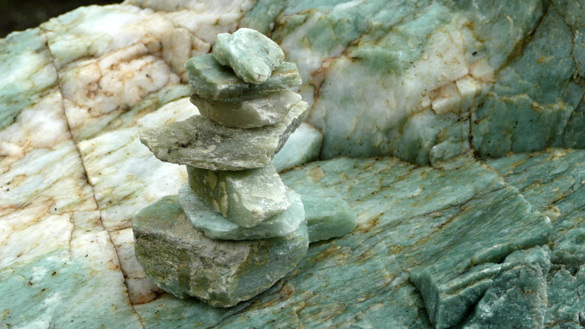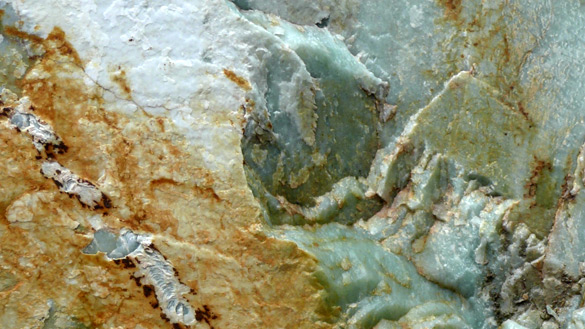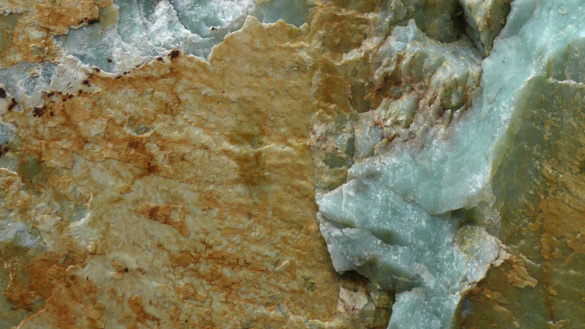You are browsing the Blog for Rocks Archives - Page 2 of 7 - Marja-Leena Rathje.
stones on the shore
More found photos… how I have always loved the patterns of stones by the water, the colours of wet and dry
Suddenly recalling a few lines from a sonnet by the old Bard:
Like as the waves make towards the pebbl’d shore, so do our minutes hasten to their end;
each changing place with that which goes before, in sequent toil all forwards do contend.
– Wm Shakespeare
slow road, pt 3

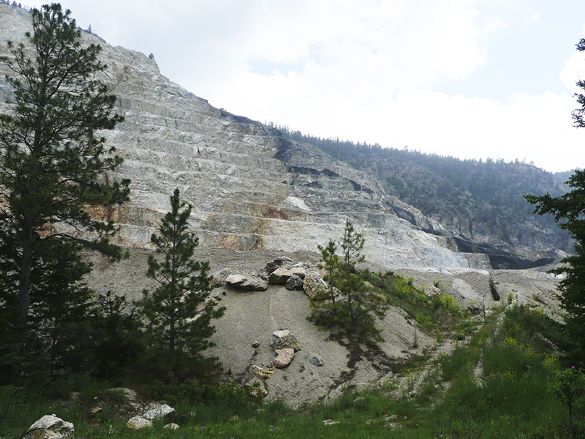
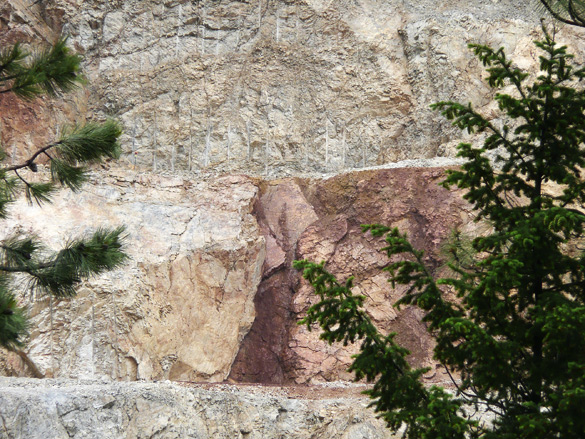
We left the dry grasslands of the south Cariboo region by taking the highway heading southwest through mountains and green forests, eventually to Whistler by the back route. It felt more like home already. It had been more than a decade since we’d travelled this way but we remembered its grand beauty and wished to see it again.
Soon in was a stunning sight of a mountain side that was being quarried. Catching too-brief glimpses through the trees, we were amazed by the textures of the rock. We were reminded of the views of quarried mountains in northern Italy, minus the forest. But here there were no posted signs and no human activity and I could not find any information online. It may be a First Nations operation. We also saw stunning areas of reddish colour here and there, reminding me of native pictographs (of which there are some in the area, I’d read).
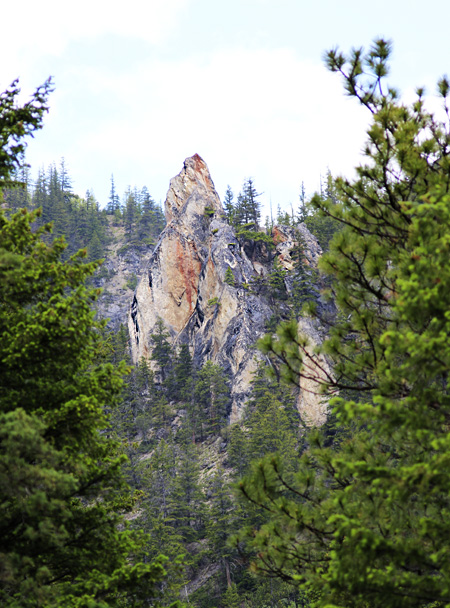
Then, wow, we caught glimpses, like a mirage, of an unusual pointed rock formation. We had to go back and forth along the road to find a bit of an open spot in the trees to capture this photo. I think it may be called Chimney Rock within Marble Canyon Provincial Park, an area of lovely small lakes which we could not see from the road.
The other parts of this series are here:
part 1, part 2, part 4, part 5, interlude, part 6 and the finale.
slow road, pt 1
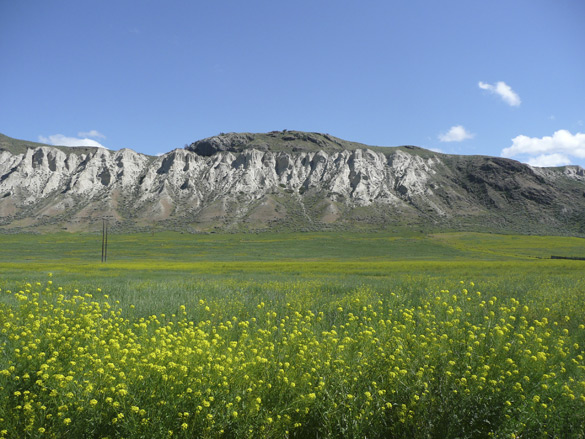
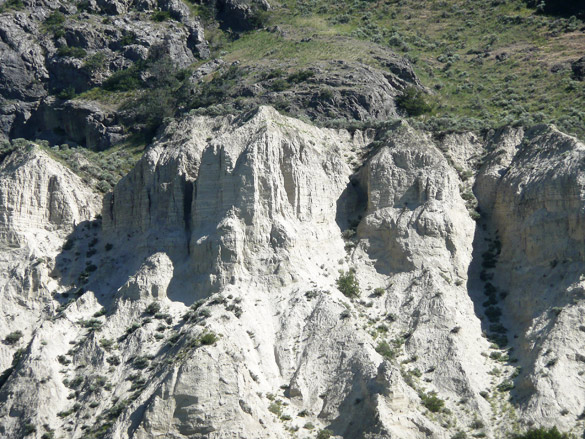
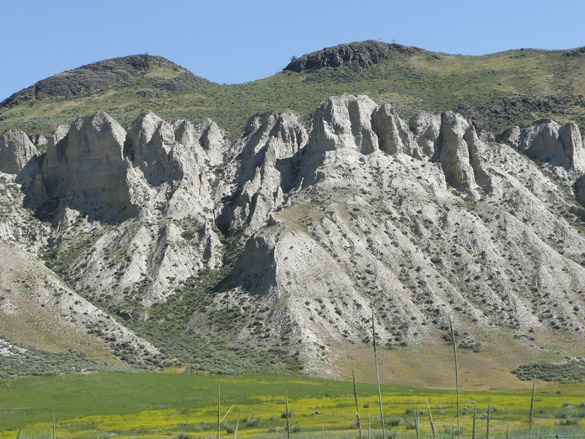
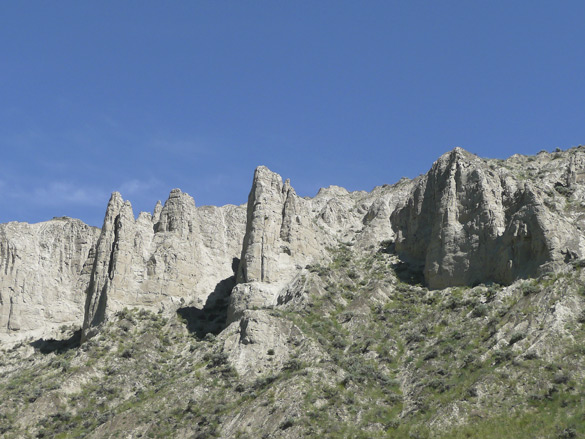
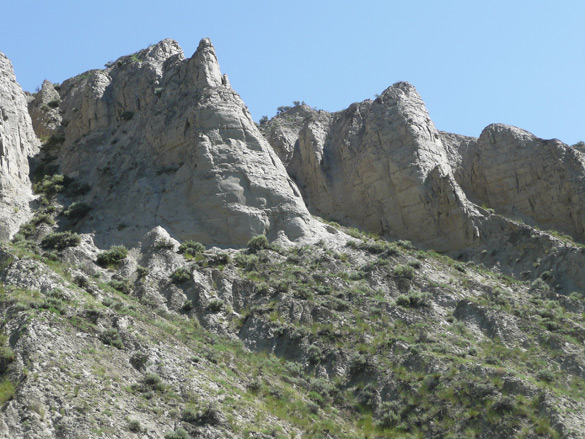
Recently we took a few days’ trip to visit our eldest daughter and her partner who live in the North Thompson River valley, east of Kamloops, BC. With us was also our eldest granddaughter who was eager to see her aunt and was going to stay there for a few days longer than us. As always it’s a gorgeous drive by way of Coquihalla Highway, through high mountains and steep valleys.
We enjoyed excellent gourmet meals prepared by Richard. We gave them a hand with work in their huge garden. One evening we went out for a superb Greek dinner in Kamloops followed by a tour of the city including the Thompson Rivers University campus with its magestic view of the city and the river valleys. (Sorry, we took no photos!)
We had planned our return journey via the longer and slower route which we had not travelled in many years. Leaving the family, we first took the slow ranch country road along the north side of the North Thompson River (the main highway runs along the south side) only as far as Kamloops. I was eager to get a closer look at the unusual rock formations along the north slopes of the mountain range straddling the river. I like to call these “pre-Hoodoos” because they are in early stages. At home via the internet, I learned that further west yet nor far from Kamloops, there are true hoodoos – for next time!
I’ve blogged several times about past trips to this area, but suggest just this one from a trip in summer 2010 which shows two more photos of the North Thompson River valley. More to come about the rest of the slow road home.
Added 25th June: Tom’s comment below made me think that some of my newer readers (like Tom) likely haven’t delved deep into the almost 10 years of archives on this blog. I’ve written a fair bit about rock formations, petroglyphs and such related phenomena and how these have inspired my art work. Hoodoos are one such so I have gathered together some links below to past posts about them, should they be of interest to some readers. I enjoyed the revisit myself!
~ on badlands, hoodoos & petroglyphs
~ what are hoodoos?
~ visiting Writing-on-Stone Provincial Park
~ more about Writing-on-Stone
UPDATE later: The rest of the series may be found at the links below:
part 2, part 3, part 4, part 5, interlude, part 6 and the finale.
fossil hunting 4
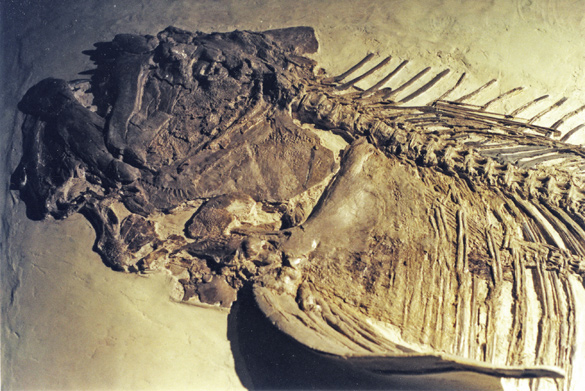
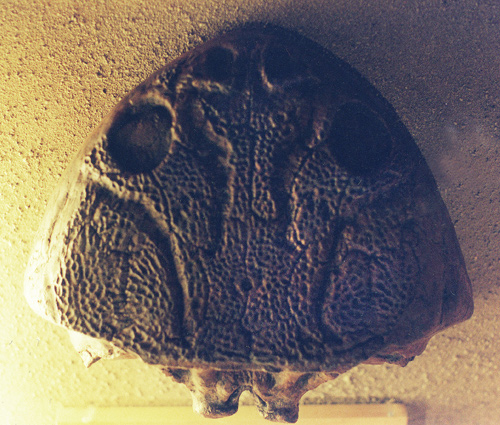
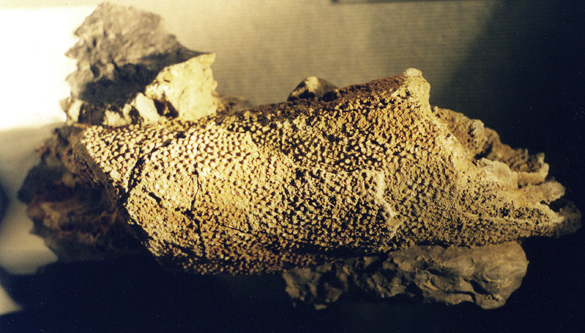
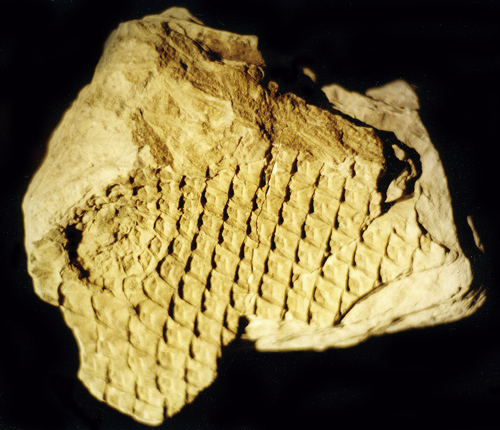
These are the final group of photos taken in the Royal Tyrrell Musum. Now I hope they will bubble and stir and come forth in some future work. Some have already done so in the past.
Should you have missed them, information and more images can be seen in part 1, part 2 and part 3.
fossil hunting 2
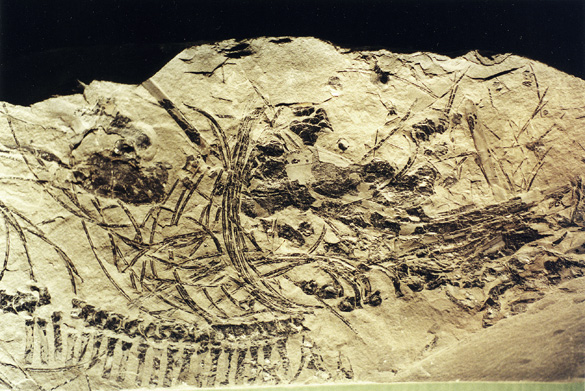
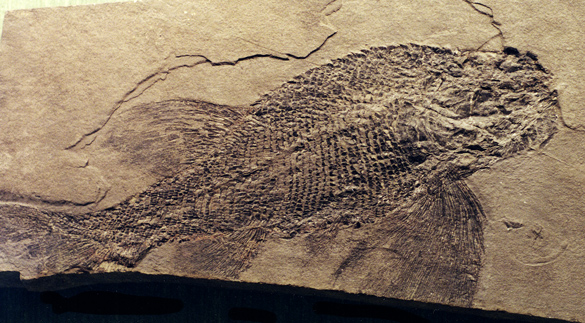
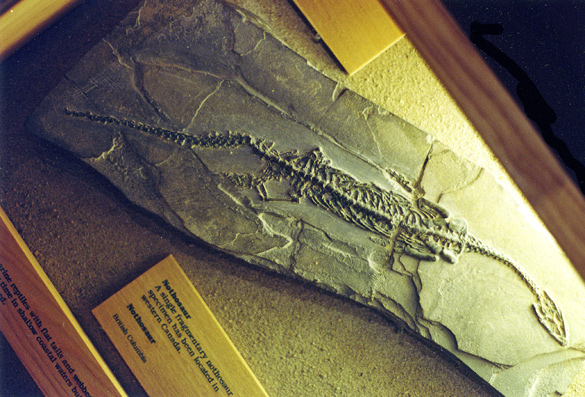
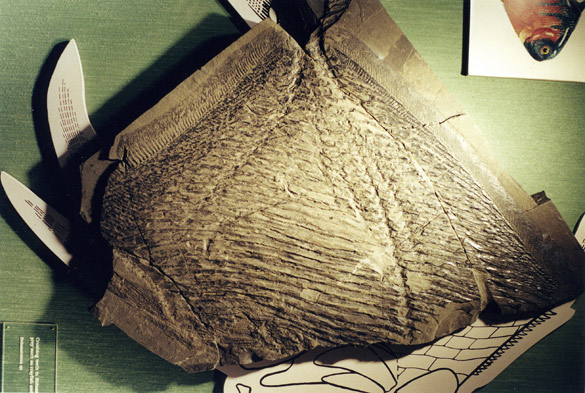
More photos from that long ago visit to the Royal Tyrrell Museum in Alberta. Unlike most of the photos I’d taken there, two here captured some information – the third photo shows a nothosaur, and the last one a part of a bobastrania. I will have to look them up.
For me, the shapes, lines and textures of these fossils, most fossils, are visually very entrancing and intriguing. The knowledge that these are the remains of very ancient living creatures captured forever in rock touches something in my soul and makes me feel very small.
Added a few hours later: Evidence of earliest animals found in Newfoundland – a fascinating discovery in an already amazing fossil site! There is also a mention of BC’s Burgess Shale fossil site. If I recall correctly the Newfoundland site was featured in one of the episodes of the Geologic Journey series shown on CBC.
fossil hunting
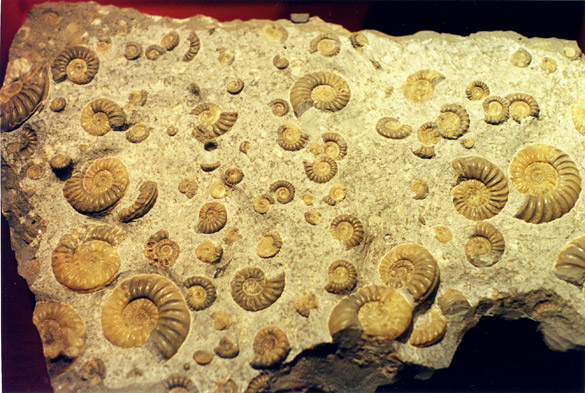
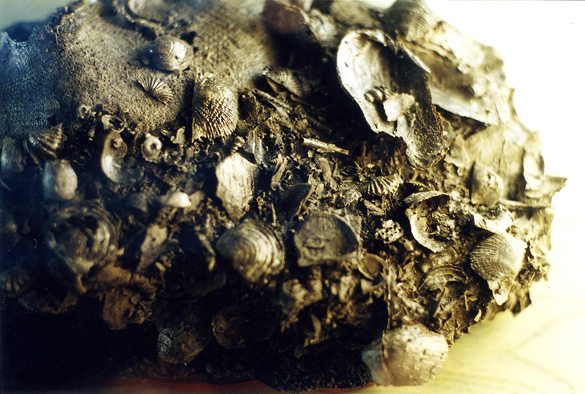
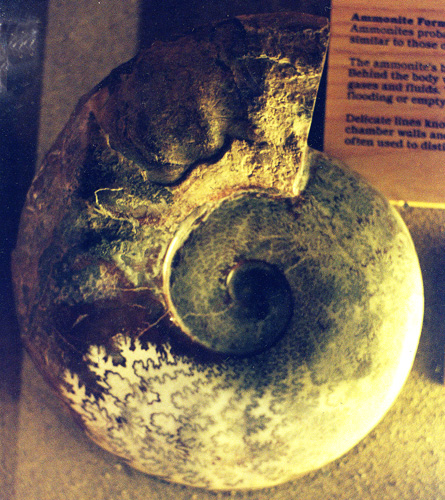
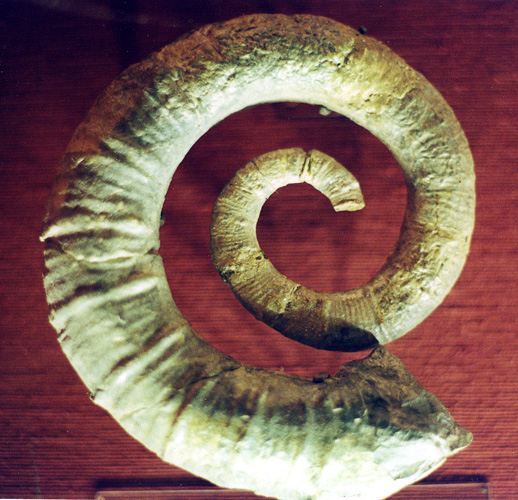
I came across an envelope of photographs, yes, the print kind, taken in the amazing Royal Tyrrell Museum in Alberta in 1999. I had written about this exciting trip a few years ago, along with some photos – please visit. Except for the second one, these are ammonites. I’ll post a few more images in the days to come.
I loved revisiting the Museum’s site and you may too, including some information about the fossils in the Burgess Shale and the Devonian Reef. Did you know parts of Alberta used to be covered by a tropical sea?
I found this creepy photo from the visit here. And you may recall my series of photos taken at Vancouver’s Beaty Biodiversity Museum last year with these photos of fossils.
P.S. See a cross-section of an ammonite here and here. I picked this up as a souvenir in Prague ten years ago!
sensuous rocks
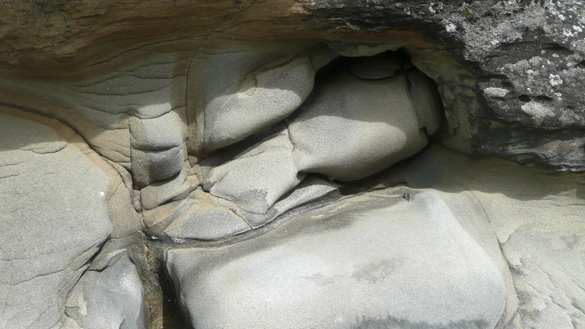
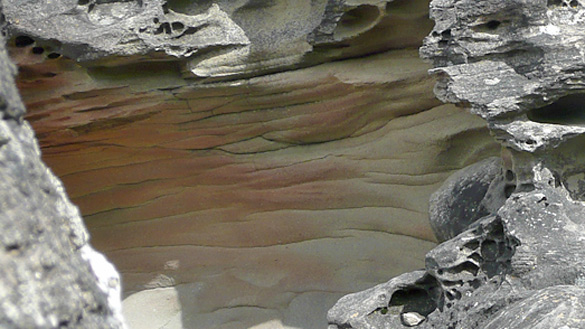
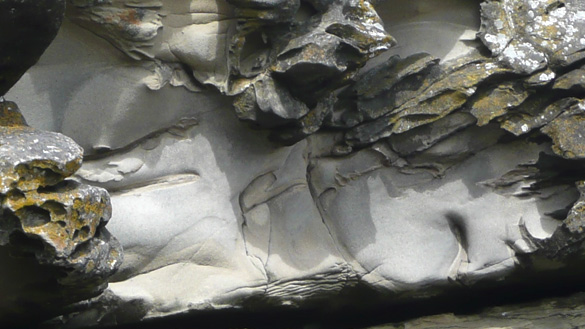
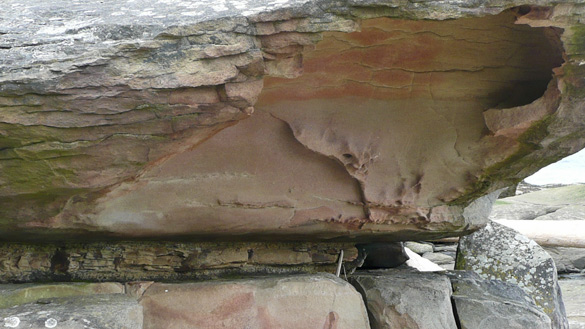
Still sorting through photos of our little Gabriola vacation, I’m enjoying revisiting the excitement of many discoveries. Each beach we visited had amazing rock formations, with some similarities in their rough weathered hole-y textures, common also on Hornby Island, but with some differences as well. Who would have thought rock can be also be sensuous and almost silky looking, like the folds of human flesh? The marble sculptures of Michelangelo and Bernini come to mind, with Nature as sculptor. And look at those colours! These shown here are on the beach below Berry Point Road at the point where the historic Entrance Island Lighthouse can be seen, the sight of which for me became greatly eclipsed by these amazing rocks.
